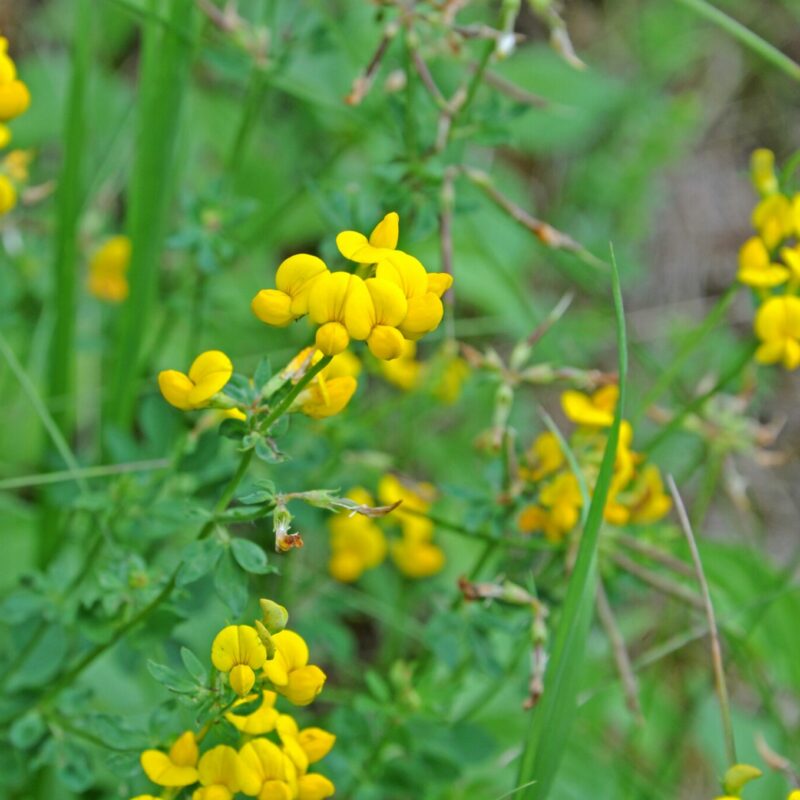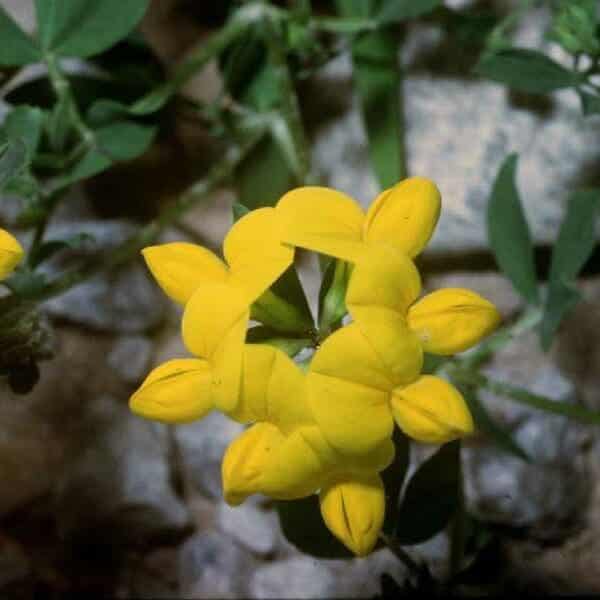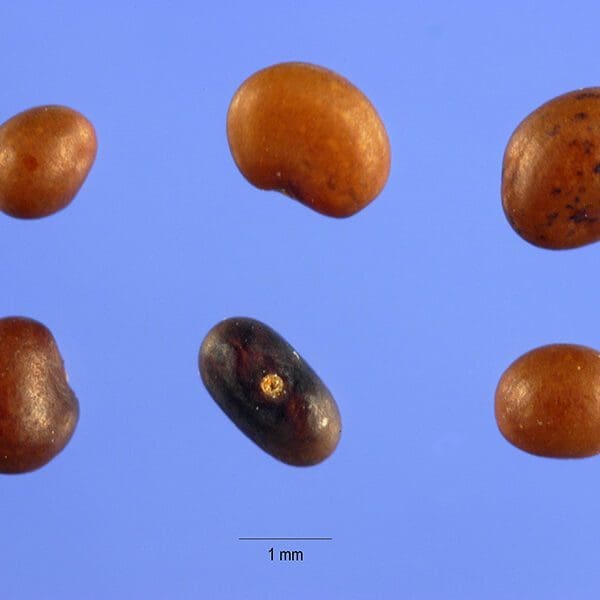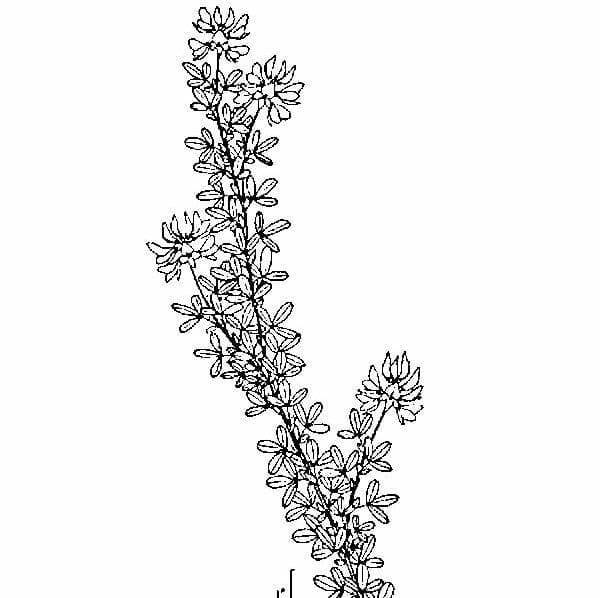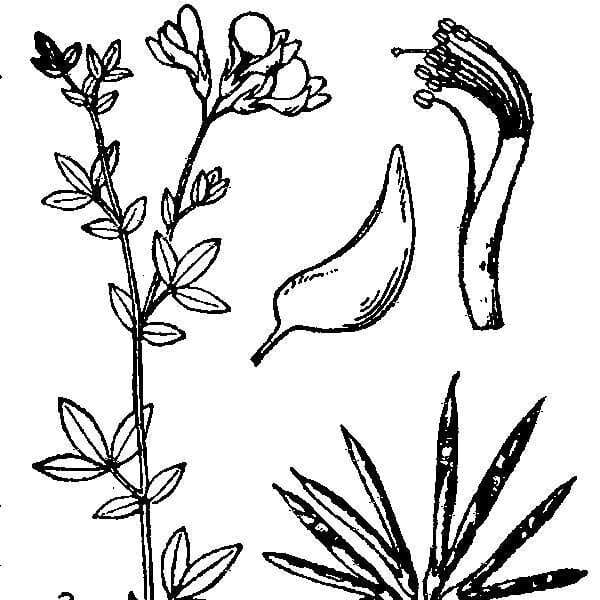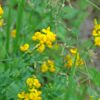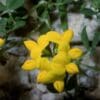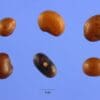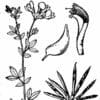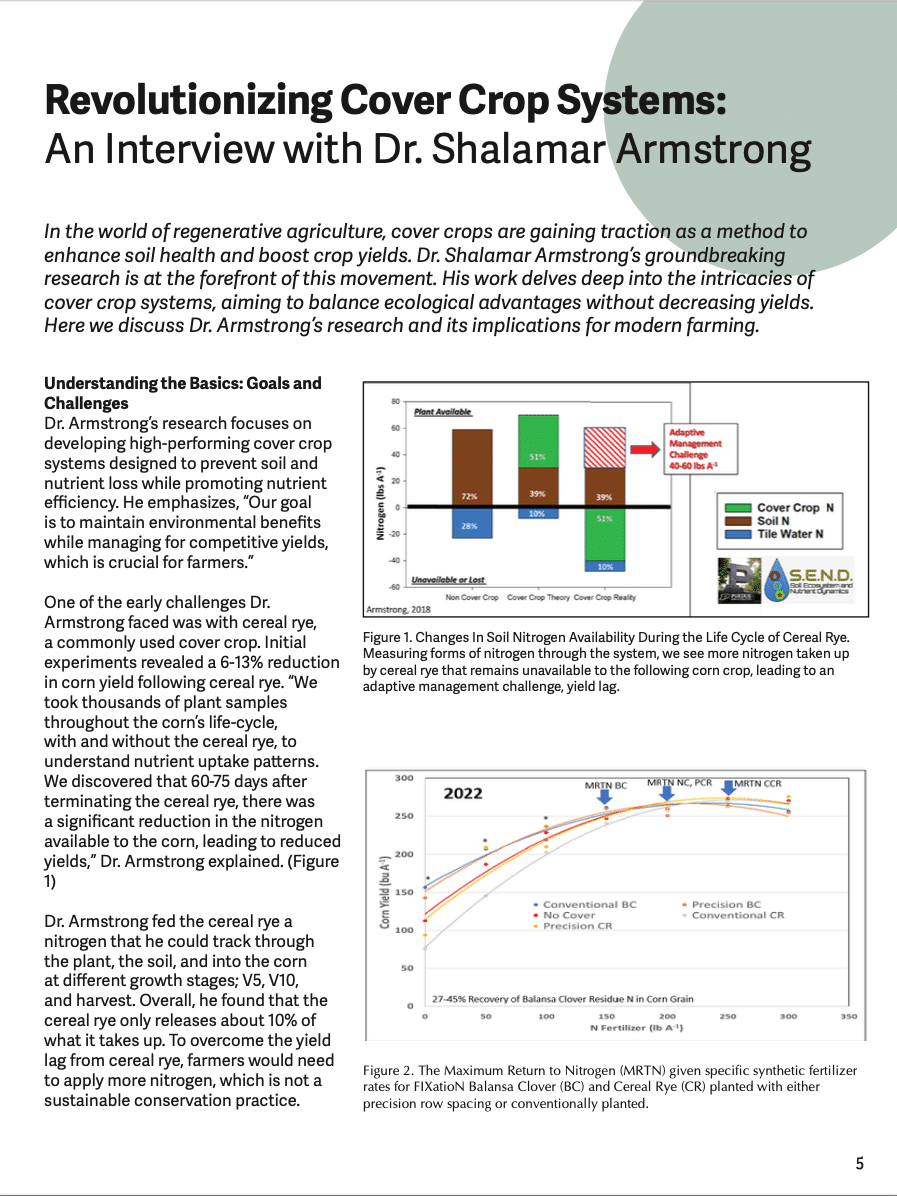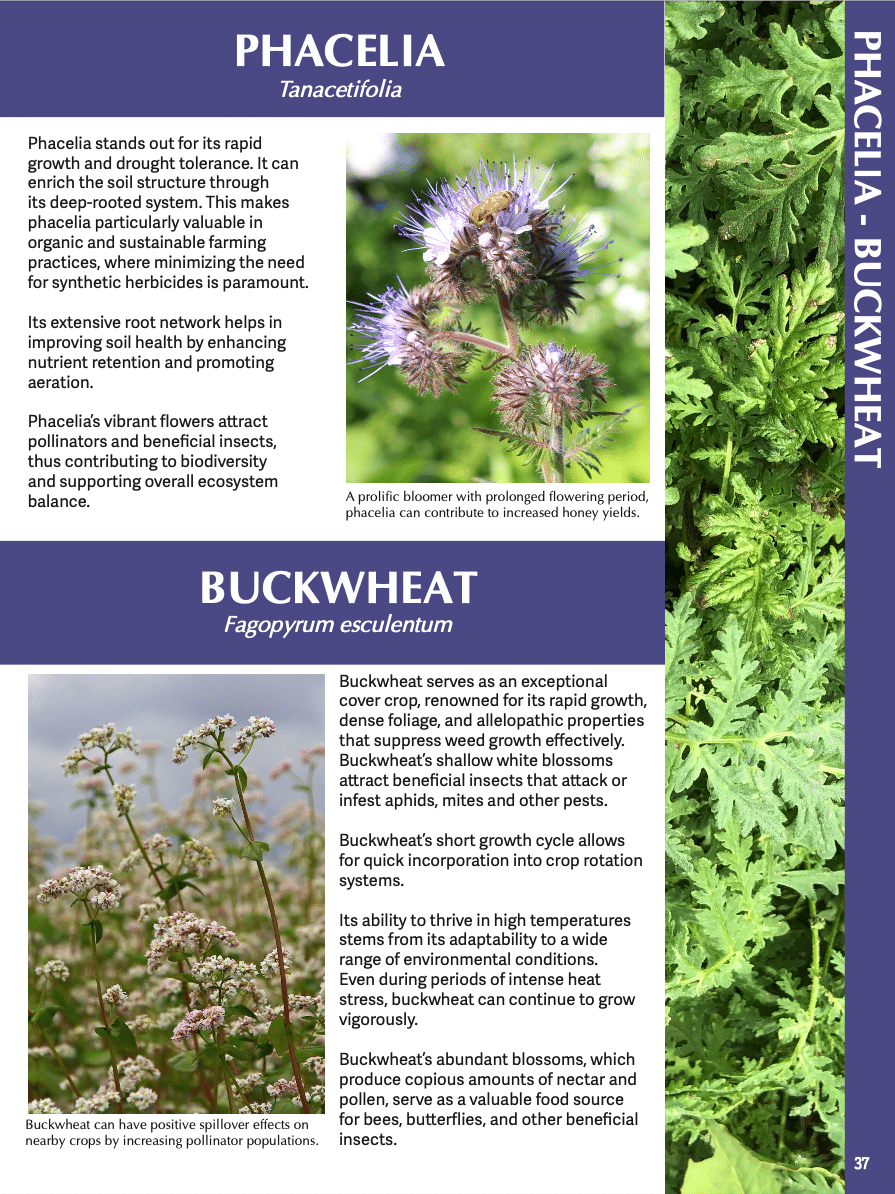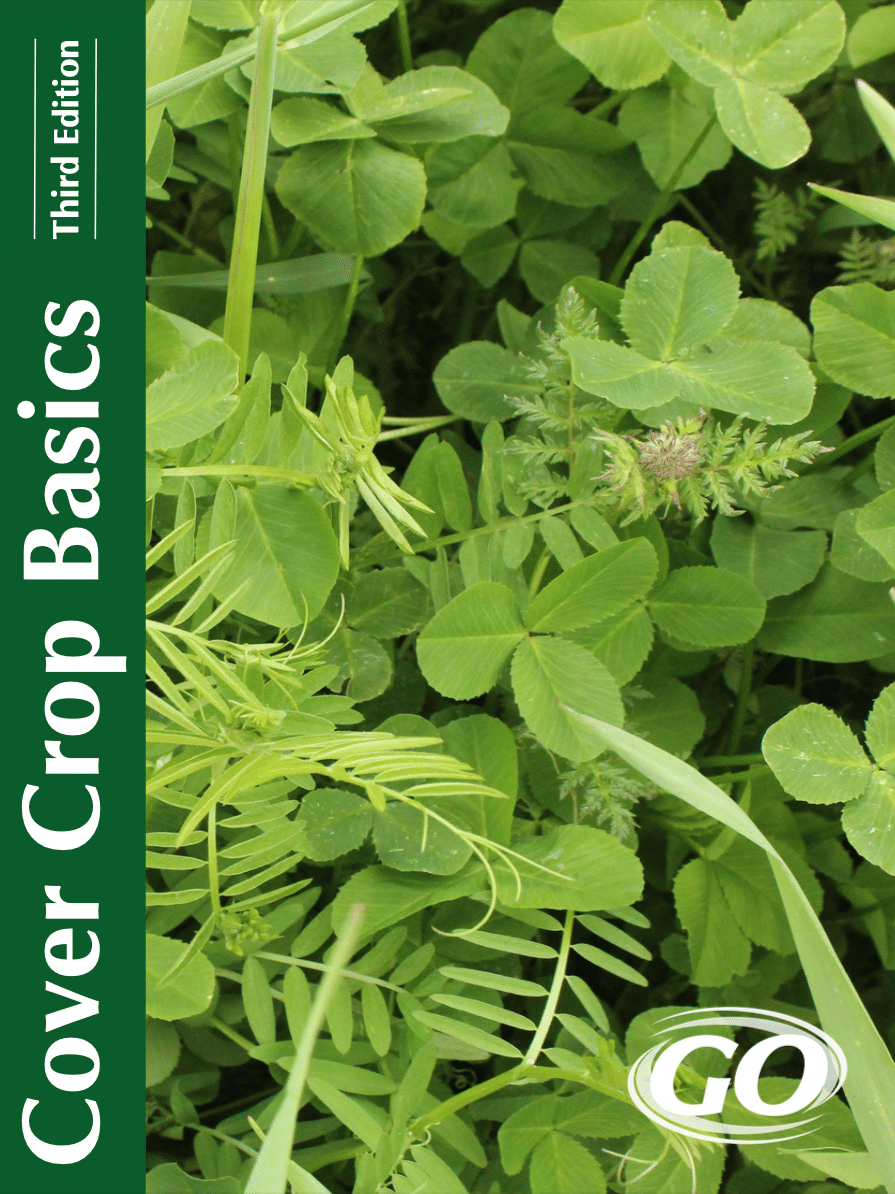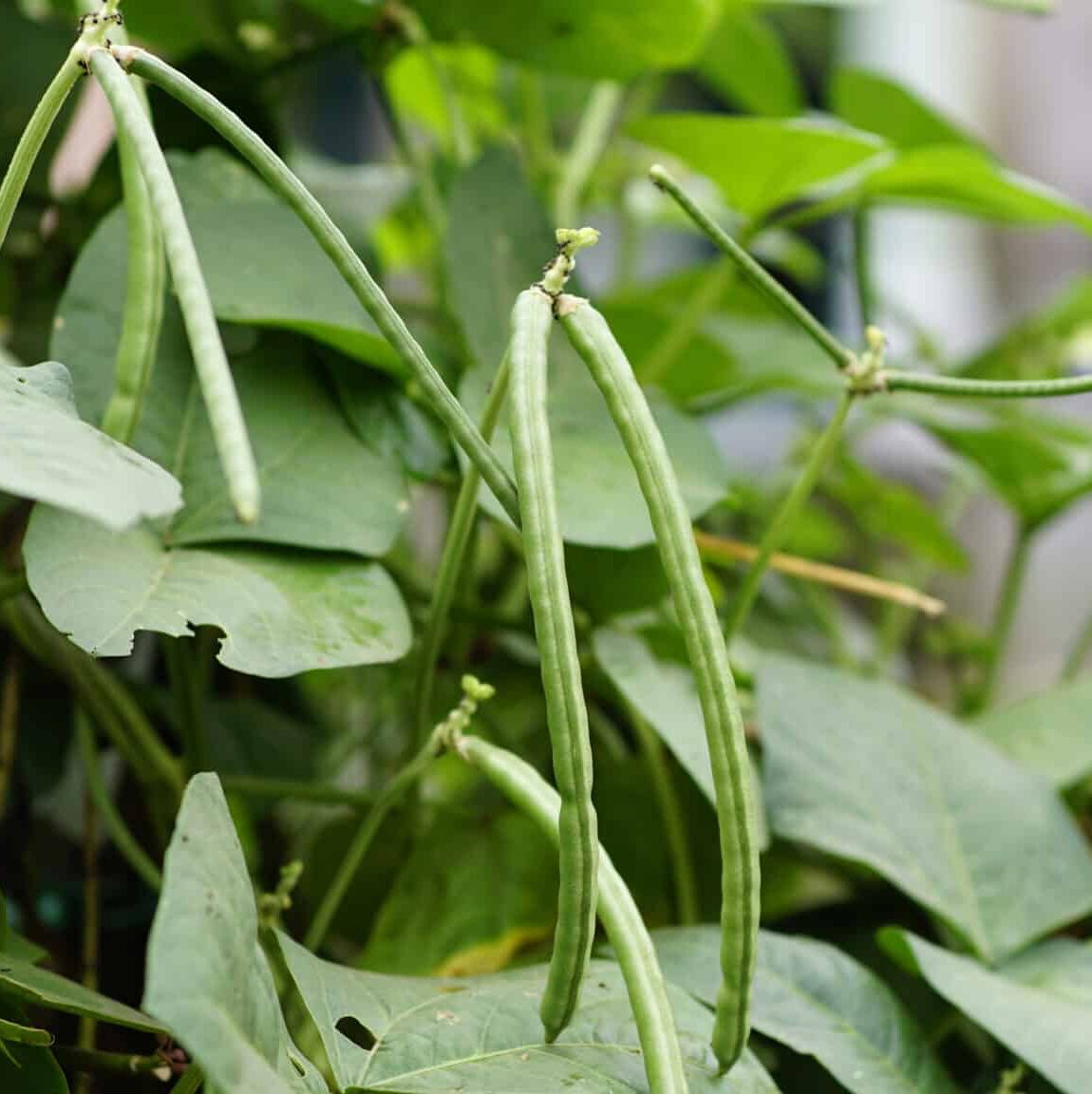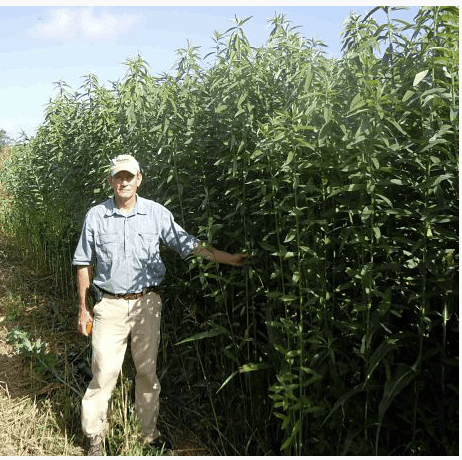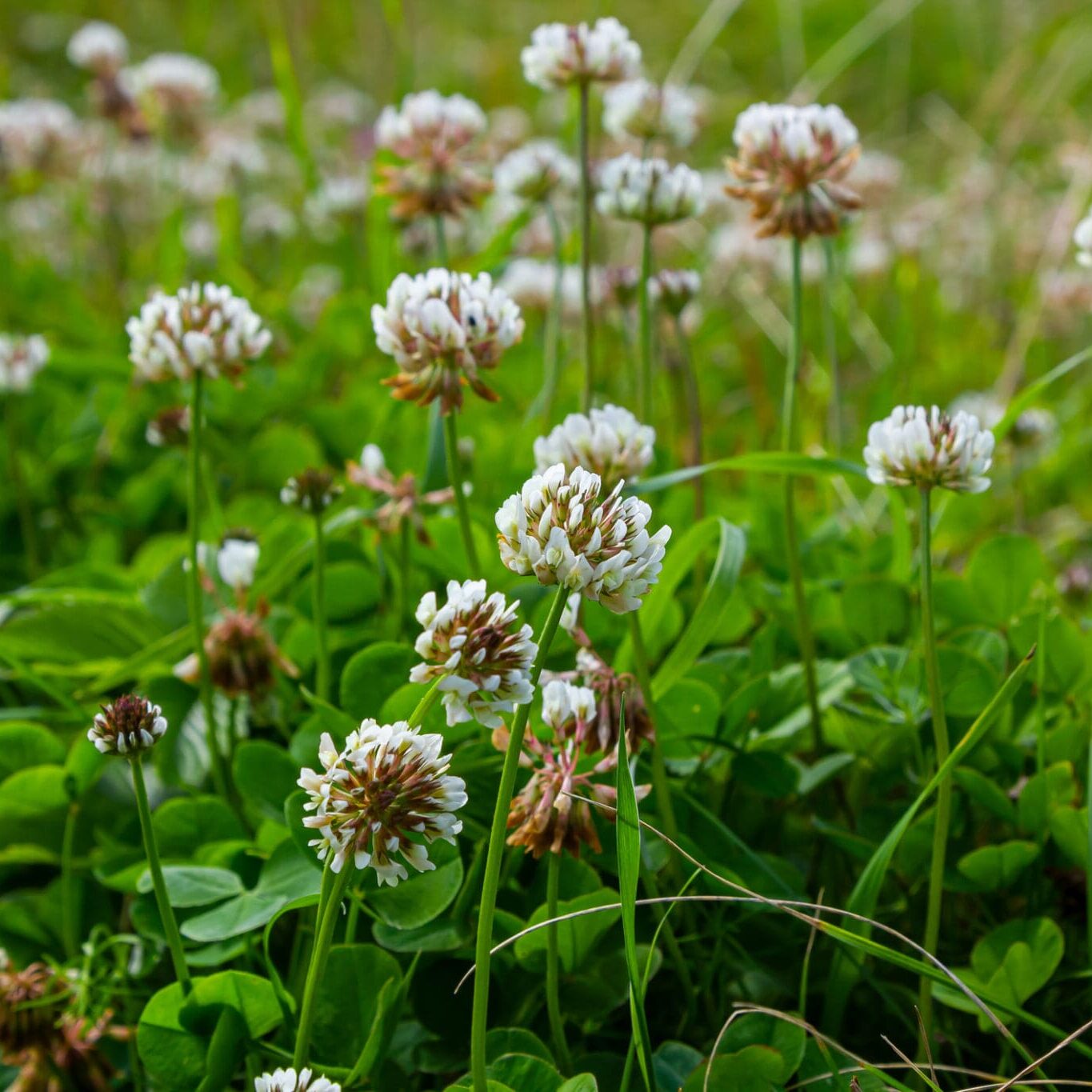Birdsfoot Trefoil
- Scientific name: Lotus corniculatus
- Adapts well to production on poorly drained, low-pH soils
- Yields usually are 50 to 80 percent that of alfalfa
- Resistant to Phytophthora rot and several alfalfa insects
- Does not cause bloat in animals
233 in stock
Birdsfoot trefoil (Lotus corniculatus) is a perennial legume that adapts well to production on poorly drained, low-pH soils. Birdsfoot trefoil will not yield as well as alfalfa; yields usually are 50 to 80 percent that of alfalfa. Therefore, the site in which trefoil is to be grown should have limitations that make alfalfa production difficult. It can reseed itself, is resistant to Phytophthora root rot and numerous alfalfa insects, responds well to fertilization, and does not cause bloat in animals. As a result, it is being grown more often in the northern United States and southern Canada, where production of other forage legumes is limited. It is moderately long lived.
One noted benefit of Birdsfoot Trefoil (Lotus corniculatus) is its ability to produce higher percentages of forage after July 1 (hot season) than most dryland legumes.
Trefoil stems are smaller in diameter and less rigid than alfalfa stems and may grow to a height of 18 to 20 inches. Each yellow flower (4 to 8 per stem) produces one seed pod. Birdsfoot Trefoil has a tap root with numerous lateral branches located near the surface.
Birdsfoot Trefoil is used along roadsides to control wind and water erosion. It is a choice food for Canada goose, deer, and elk. As ground cover, it provides green cover most of the year and blooms profusely. It is used for pheasant cover on shooting preserves and around ponds at duck clubs. It is used for green chop, hay and pasture. It is seeded in combination with grass and grazed as a non-bloating legume. It yields 4 tons of hay per acre on deep, well-drained soils receiving irrigation or adequate rainfall.
Birdsfoot Trefoil may become weedy or invasive in some regions or habitats and may displace desirable vegetation if not properly managed.
Cover Crop Basics
An informative, authoritative guide to cover crops. Very comprehensive, and covers all geographic regions of the USA. Published by GO Seed.
Who is Great Basin Seed?
Great Basin Seed is a seed company that specializes in seed sales and consultation for home, ranch, farm, range and reclamation. We have been a leader in the seed industry since 1974.
Our History
We've been in the seed business since 1974.
What We Offer
We offer seed for home, farm, ranch, range and reclamation projects.
Meet the Gang
We have the best employees in the world! We are proud of the work they do, and trust them to serve you!
Right: Company founder Lloyd and his wife Paula Stevens in a wildflower seed production field circa 1977
Helpful Links
Additional information about this product can be found on the academic websites linked below.
Synonyms
Many plants have more than one common and scientific name. We've listed a few of them below.
- Birdsfoot Trefoil
- Lotus corniculatus
Quick Plant Facts
| Common Name: | Birdsfoot Trefoil |
|---|---|
| Scientific Name: | |
| Lifespan: | |
| Origin: | |
| Plant Type: | |
| pH Tolerance: | |
| Seeds per Pound: | |
| Growth Height: | |
| Planting Rate: | |
| Min. Precipitation | 18-24 Inches |
| Best Time to Sow: | |
| Max Sowing Depth: | |
| Growth Season: | |
| Sun & Shade Tolerance: | Full sun, Partial shade |
| Zone Map | comingsoon.gif |
